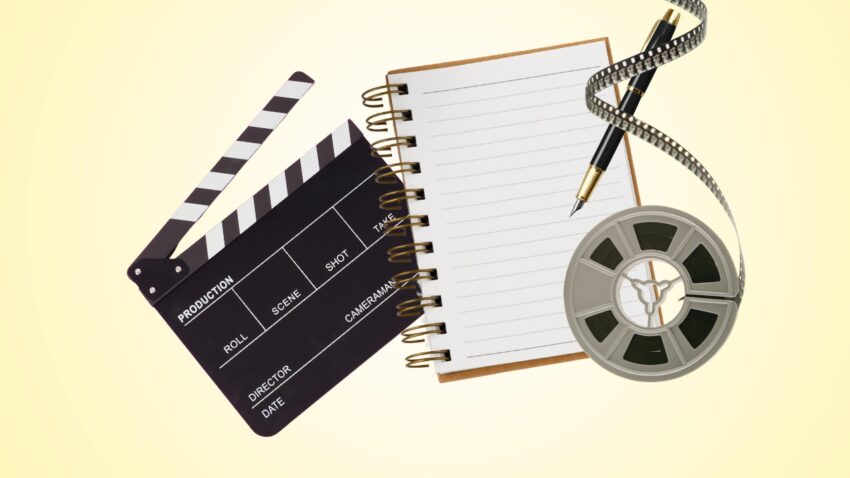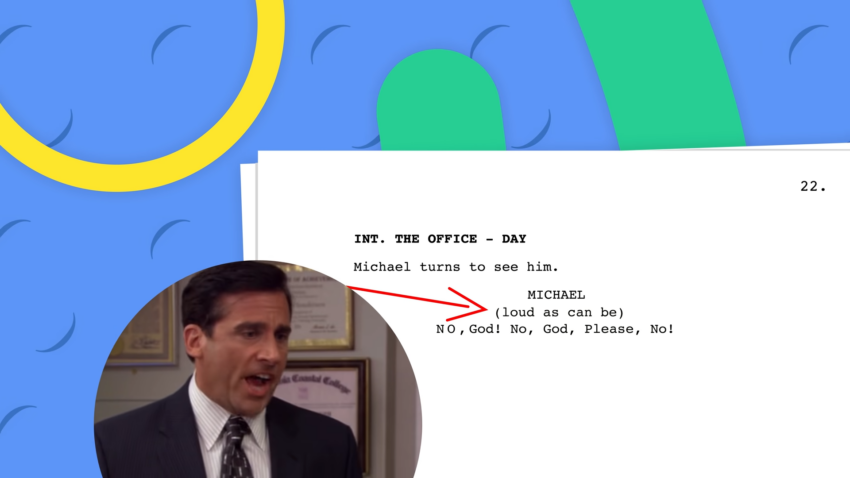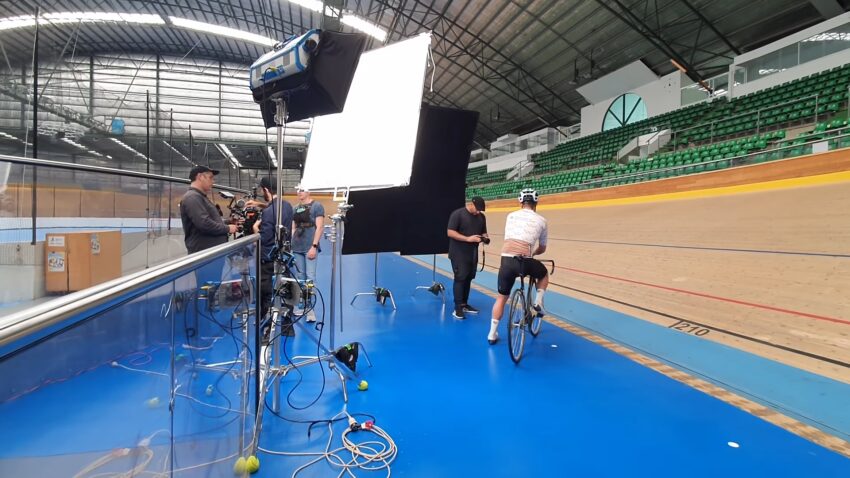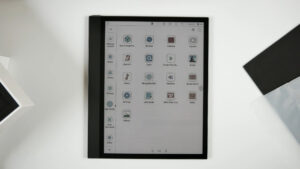Writing a TV commercial script requires a precise blend of creativity and strategy to capture one’s audience effectively. We understand that the ultimate goal is to craft a narrative that not only resonates with viewers but also showcases a product or brand in a compelling light. The challenge is to distill a message into a very short format while remaining engaging and persuasive.
Creating a successful TV commercial script begins with inspiration and a thorough understanding of the target audience. We then move into the scriptwriting process, aware that structure is critical. Each element of the commercial—from the opening scene to the call to action—must support the overarching message and goals.
Key Takeaways
- Crafting a compelling TV commercial script is a strategic blend of creativity and conciseness.
- Understanding the audience and structuring the script are crucial steps in the scriptwriting process.
- Technical refinement and alignment with the brand’s identity are essential in finalizing an effective commercial script.
Inspiration
When we set out to write a commercial script, finding the initial spark of inspiration is crucial. This spark fuels our creativity and shapes the story we want to tell. It’s important to remember that the best inspiration is often rooted in a clear understanding of our target audience and the unique selling point (USP) of the product or service we are advertising.
To begin, we look at the character(s) that our audience can connect with. Whether these are relatable, humorous, or aspirational figures, they should embody the essence of our message and represent our brand’s values.
Next, we craft a theme that resonates with our viewers. The theme should align with both the character’s journey and the product’s USP, reinforcing the message in a cohesive way. For instance, if the USP is innovation, the theme might revolve around breaking boundaries.
We then consider the tone of our commercial script. This element sets the mood for our audience, and it can widely vary—from lighthearted and whimsical to serious and inspiring. Choosing the right tone ensures our script invokes the intended emotional response and is effective in making an impact.
A compelling story is vital to engage the audience. A well-told story captures attention, making the product or service memorable. We should aspire to craft a narrative that is concise yet powerful, often centering around a problem-solution dynamic that highlights the USP. If you’re undergoing a writer’s block, you can hire some help. If you’re interested in these services, visit Studyfy.
Scriptwriting Process and Structure
In our journey through scriptwriting for TV commercials, we focus on crafting a storyline that captivates, developing characters who drive the message, and adhering to a format that enhances clarity and impact.
Crafting a Compelling Storyline
The heart of our commercial is the story. We begin by outlining a clear storyline that follows a simplified three-act structure: establishing the setting, presenting the challenge, and delivering the solution.
We strive to make these segments concise yet powerful, ensuring that our audience is engaged from start to finish. Bullet points and storyboard sketches are instrumental in plotting these key moments.
- Act 1 (Introduction): Set up the situation and introduce the product or service.
- Act 2 (Conflict): Present a challenge or problem that the target audience can relate to.
- Act 3 (Resolution): Showcase the product or service as the solution.
Developing Characters and Conflict
Character development is pivotal in our commercials, even though the format is brief. We create characters that epitomize the target demographic, so the audience can quickly identify with them.
The conflict, while simple, must be relevant and resonant, posing a clear challenge that our product or service can resolve. It’s about illustrating the benefits of our offering through the experiences of our characters.
- Characters: Craft characters that reflect the audience’s aspirations or pain points.
- Conflict: Employ a relatable challenge that highlights the need for a solution.
Formatting and Style
A prime concern in our commercial scriptwriting is the format. We adhere to professional standards, ensuring our scripts are clean and easy to follow. Formatting dictates everything from the font we use (Courier, 12pt) to the margin specifications. The style of our language is direct and jargon-free to maintain clarity.
Formatting
- Courier, 12pt for text
- 1.5-inch left margin, 1-inch other margins
- Clear distinction between dialogue and action lines
Style
- Clear and concise sentences
- A persuasive tone that aligns with the brand voice
- Use of persuasive language to highlight the product’s benefits
Technical Elements of TV Commercials
As we create a TV commercial script, it’s critical to understand the technical elements that bring our storytelling to life. These components work in tandem to produce a cohesive and engaging commercial.
Audio and Visual Components
We must meticulously plan both audio and visual elements, as they are the core of our commercial’s impact. For audio, this includes the deliberate selection of sound effects, music, and voiceover to complement the action. We articulate these elements in the audio column of our script, specifying when specific sounds or dialogue will occur.
Visual elements are detailed in the visual column, outlining what the viewer sees during the commercial. This incorporates actor movements, on-screen text, and any key visual effects.
Storyboarding and Scene Descriptions
Storyboarding is a crucial step in pre-visualization. It involves drawing panels to represent each shot, guiding us through the visual elements of our commercial.
Each storyboard panel comes with scene descriptions, providing an elaborate view of what is occurring on screen. Descriptions encompass everything from the setting and character actions to camera angles and cuts.
Pacing, Timing, and Transitions
Pacing and timing are about rhythm and the flow of our commercial. We ensure that each scene moves smoothly into the next, maintaining viewer interest and delivering our message efficiently.
Transitions between scenes are also carefully scripted to maintain continuity. We determine whether a cut will be quick to create intensity or slow to emphasize a moment.
Finalizing the Commercial Script
Before a TV commercial script reaches production, it must undergo a meticulous refining process. This ensures that the message is clear, impactful, and action-driven. Here’s how we finalize the script.
Revisions and Feedback
After drafting our TV commercial script, we embark on the revisions stage. This involves scrutinizing every line for clarity and impact. We often engage focus groups or solicit feedback from a sample of the target audience to assess the effectiveness of our dialogue and hook.
This feedback is invaluable as it points out areas where the message may not resonate as intended. We then revise the script, sometimes multiple times, to refine the language and narrative flow, ensuring every word serves a purpose.
Incorporating a Clear Call to Action
Our script must guide viewers towards a specific action, whether that’s visiting a website, making a purchase, or remembering the brand. Here’s how we structure our Call to Action (CTA):
- Direct and Simple: The CTA should be easy to understand and act upon.
- Strategically Placed: Often, we place the CTA at the end of the commercial, but it might also be weaved throughout.
- Emphasized: We sometimes use a memorable tagline or a unique hook to make the CTA stick in the viewers’ minds.
By making the CTA prominent, we aim to convert viewers’ interest into tangible results for the brand.
Preparing for Production
As we prepare for production, we ensure that the script reflects the final message and incorporates all necessary revisions. Here’s a checklist we use:
- Script Accuracy: Confirm that the script aligns with brand messaging.
- Dialogue: Check that the script’s dialogue sounds natural and conveys the intended emotion.
- Visuals and Audios: Ensure descriptions of visuals and audio cues are clear for the production team.
FAQs
How Do You Write a TV Program Script?
To write a TV program script, first, understand the product or service you’re advertising. Create an engaging narrative with a clear message. Start with a strong opening to catch viewers’ interest, such as a question or a provocative statement. Structure your script so it unfolds over a logical sequence of introduction, problem, solution, and call to action.
What Should a TV Script Look Like?
A TV script should be professionally formatted to be easily read and interpreted by producers, directors, and actors. It typically includes dialogue centered on the page, action lines in block format, character names capitalized when they first appear, and technical cues when necessary.
How Long Is a 30-Second Script?
A 30-second script is typically around 75 to 85 words, depending on the pace of the dialogue and the number of pauses or visual elements included. Each word needs to be carefully chosen to convey the message succinctly and effectively within the short timeframe. Fast-paced dialogue might allow for more words, while slower, more deliberate speech or the inclusion of dramatic pauses will require fewer words.
The Bottom Line
Writing a TV commercial script requires a clear understanding of your message and audience. Throughout our guide, we stressed the importance of brevity, persuasive language, and storytelling—a combination that can ensure your commercial stands out and resonates with viewers.
Related Posts:
- How to Set Up IPTV on MAG 250, 254 and 256 Devices:…
- How to Remove TV From Sanus Wall Mount: A…
- Vizio E Series HDR Smart TV 2024 - Step into a New…
- Ultimate Guide to Get Better Viewing Angle Explained…
- 24p Playback Explained - 2024 Guide for Film Enthusiasts
- The Ultimate Guide to Rear Projection TVs 2024 -…















